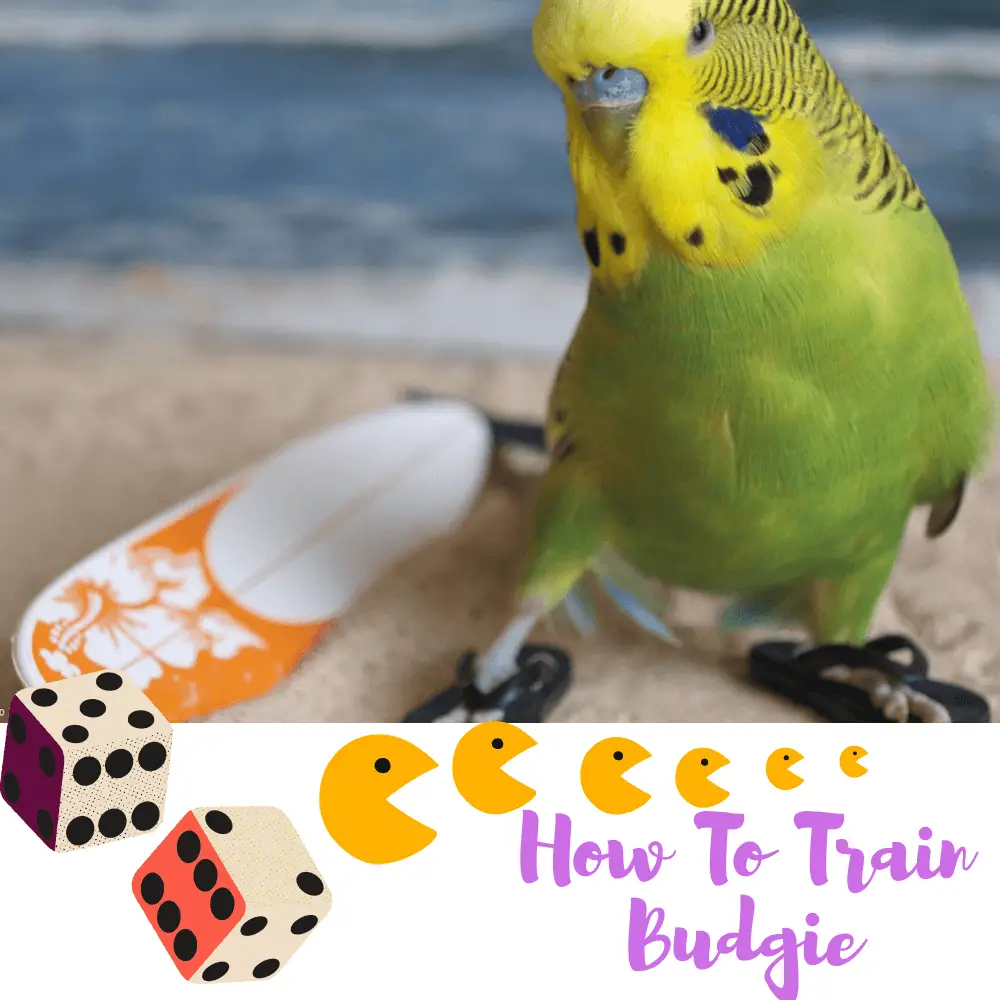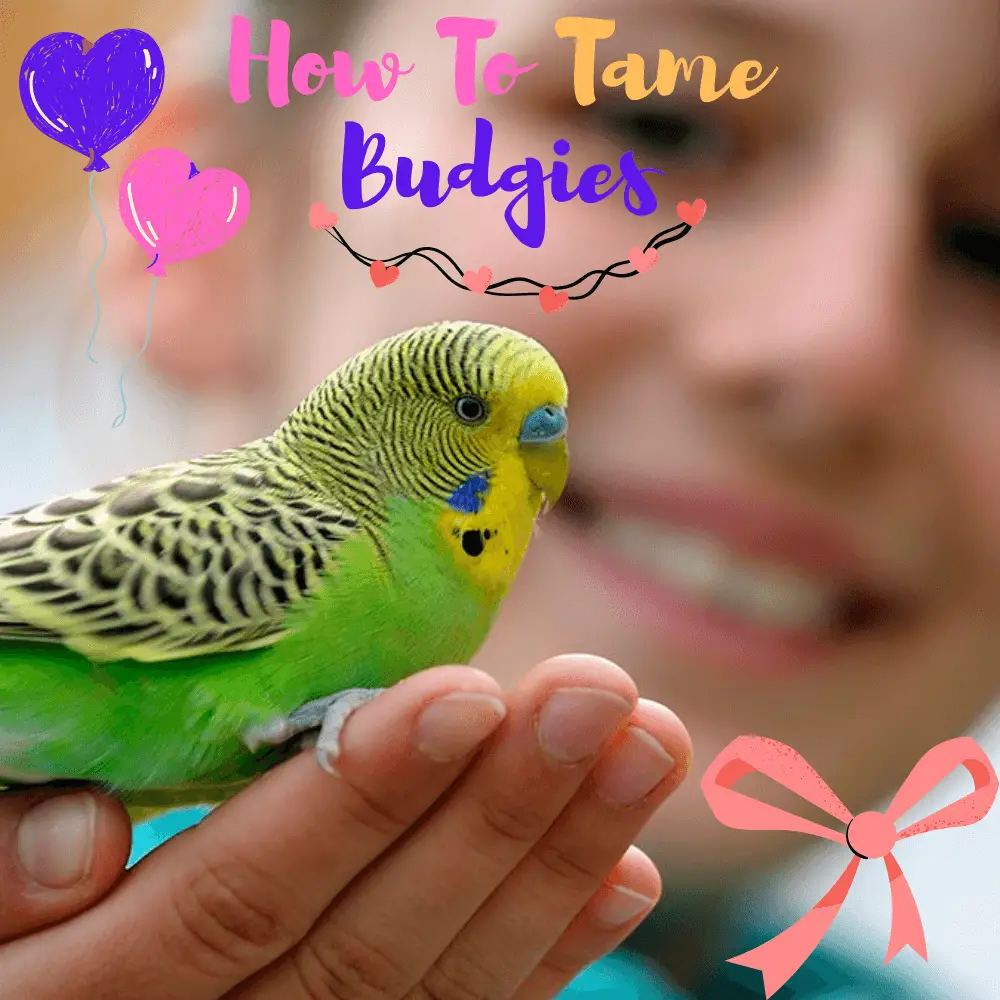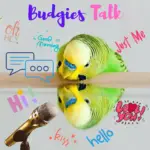
Parakeet budgie for beginners: How to care for a budgie? Parakeets are lovely birds, perfect as a pet. They are the third most adopted pet after dogs and cats. This Australian bird, inexpensive to keep, will be happy in a family environment. He will even try all the time to imitate your sentences. If you’ve just taken your first budgie home, you should make sure it stays cheerful and healthy.
Buy a cage
Buy a large cage
Birds need space to play and stretch their wings. If you care about their well-being, try to find a model that lets in the light. The cage should have at least a dimension of 75 x 45 x 75 cm. Cages sold commercially and in pet stores are very often more adapted to the needs of humans than to the needs of birds, they are mostly too small for species born to fly and travel miles a day.
- Buy a cage that is wider than it is high and has a square top. Parakeets fly horizontally and not vertically like quails. Fancy cages are simply a waste of space and money.
- Your budgie bird must be able to fly and spread its wings. Avoid round cages that do not offer enough space and no landmarks, which disorients your birds.
- Compare different cages and look at the one you could easily clean. Can your hand easily enter the cage? Can you dust it off? Remember that budgies defecate every ten to fifteen minutes!
- The cage must be as large as possible and must be able to accommodate several individuals: wavy parakeets are gregarious and live in large colonies that do not break up during the breeding season when pairs nest close to each other. The presence of their congeners as well as humans is vital to them.
Add a bathtub
Parakeets can defecate a lot, but they also like to stay clean. They even go underwater for fun [3] . Go to your favorite store to buy a plastic mini bathtub to attach to the cage. This should be accessible to the budgie and easy to fill from the outside.
- Do not overfill the bathtub. You wouldn’t want the budgie to spread all the water in the middle of the cage every time she bathed.
- The bathtub should be a little larger than the size of the bird so that the budgie can immerse itself in the water.
- A bathtub is not a must, because if you spray a little water on your budgie, it will wash. A bathtub is of course much better for her, but she should not occupy all the space in the cage.
Add a few toys as well as perches of varying sizes, shapes, and aspects
Natural perches are more suitable, especially when compared to pegs or plastic perches. They also last longer. Make sure the perch is stable to avoid accidents.
- There is a wide variety of toys. Opt for ladders, bells, balloons, etc. They will constantly stimulate your budgie.
- Make sure that the wood is, like eucalyptus, adapted to the bird. Plastic ankles or poles can cause problems with the legs due to a lack of exercise.
- Avoid perches and toys made of prunus wood, as it may contain cyanogenic glucoside. Also avoid oak wood, as it contains tannin. There are no confirmed bird deaths, but it’s always best to be careful.
- Avoid concrete perches, as they are too hard for the bird’s legs. If you must use them, place them as low as possible.
- Place toys in the cage, but don’t add too much or the budgies will feel oppressed. However, it is very important that they have funny objects that capture their attention and stimulate them, otherwise, they will get bored and this will lead them to peck, anxiolytic.

Think about the location
Try to put the bird in a warm room where there are no big temperature variations and a lot of activities. A lighted room will stimulate your bird and make it happy.
- Avoid placing the cage in front of a sunny window or next to an open door. A cold snap or overexposure to the sun can kill your bird.
Caring for the budgie
Feed your budgie well
Good budgie food consists mainly of seeds, fresh fruits, and vegetables. Try to include granules in the diet, as a diet consisting solely of seeds leads to obesity.
- Never give chocolate, caffeine, or alcohol to your budgie. These foods are toxic to the bird.
- Make sure the budgie has enough water to drink from its dispenser. The budgie will know how much to drink. Change the water every day to prevent bacterial growth.
- Add a cuttlefish bone. It is a good source of natural calcium for budgies. It is also possible to buy mineral blocks. Some people use liquid vitamin and mineral supplements, but these will be consumed through fresh fruits and vegetables.
Clean the budgie cage at least once a week
This will preserve the bird from microbes. Clean only with dishwashing liquid and water. Avoid using other cleaning products unless you are one hundred percent certain that they are harmless to birds.
- Sprinkle your bird with a good spray bottle to refresh it.
Create an ideal environment for sleep
When it’s time to sleep, simply throw a light towel or blanket over the cage. Make sure there is sufficient ventilation, you would not want to suffocate your new bird.
- This solution is also effective when it is noisy. The cover will cover most of the sounds.
- If your budgie is afraid of the dark, add a night light. Don’t let your bird panic. He could fly in circles in the cage and injure himself.
- Check the towel to make sure your budgies don’t leave their claws on it.

Don’t forget to monitor his health
Take him to the vet at least once a year for a check-up. If your bird is acting strangely or you notice anything unusual, go to the vet as soon as you can.
- Beware of abnormal breathing, discharge from the eyes or beak, mucus on feathers, abnormal behavior or weight loss. If any of these symptoms appear, call the veterinarian immediately.
Getting him used to his home
All you need to know about getting your parakeet budgie used to his home
Make sure that the budgie has sufficient comfort when it arrives in its new home
Give him time to get used to his new environment, at least a day. Don’t jostle your budgie. It will adapt on its own.
- Stay close to the cage. Talk to her softly and calmly while waiting for her to adjust, but don’t force things. She will get used to you in a few days or weeks with longer and longer outings.
- Gardez l’oiseau en quarantaine si vous avez d’autres perruches. Une fois que vous êtes sûr que l’oiseau n’a aucune maladie, rapprochez les cages puis mélangez les oiseaux. Votre nouvelle perruche se familiarisera doucement avec ces nouveaux amis. Si la cage est grande, avec de nombreuses occupations et sorties, aucune bagarre n’éclatera. Les perruches et perroquets ne sont pas violents par nature, et seuls un environnement trop précaire et un manque d’espace expliqueront les mésententes des perruches entre elles .
- Avoid loud noises and screams. Your budgie could probably be stressed by this new environment.
- Give your budgie a name. Say this often especially when you feed her so that she gets used to her new name.
Gradually introduce your family members
Your budgie could be stressed if there are too many people around. Bring one family member at a time and have them repeat their name. Let your family feed the bird to gain their trust.
- Be careful if you have another pet, especially a cat. Cats are natural predators and they could probably find your budgie suitable for their next meal. Always leave the cat in another room to avoid unnecessary stress. Dogs could also eventually become agitated. Their barking can scare the budgie.
- Make sure your children treat the bird with respect. Toddlers are overexcited when they have a new pet. Always make sure to be in the room when they approach the bird. Don’t let them hit the cage or try to take the budgie [13] .
Seek to gain the trust of the budgie
Call the bird to come and eat treats in your hand and then get on your finger
- When the budgie seems comfortable with your finger, place it inside the cage. Then push it lightly against the chest of your budgie. You will encourage him to climb on your finger. The operation was not to be carried out on a wild and fearful bird that would throw itself against the bottom of the cage. The more fearful the bird, the more taming must be done outside the cage with escape possibilities.
- Feed your budgie with your finger. Dip your finger into the water and put millet seeds in it. The water will stick the millet seeds on your finger. Place your finger near the budgie’s mouth and she will eat them if she has gotten used to you.
- After doing this a few times, gently hold the budgie in your hand. Do it briefly first, then do it longer.
Do not get too close to your budgie during its first two or three weeks
As he begins to get used to his new environment, start interacting with him gradually and he will know that you are a friend and not a predator.
- If you rush things, the budgie might start to get a little anxious and scared. This will prevent him from attaching himself to you.
Always treat your budgie with love and kindness
Remember that the bird is fragile given the strength of the human hand and therefore requires you to take it carefully.
- Teach people who are not used to birds to take them and play properly with this delicate little creature.
Stimulating a budgie
All you need to know about stimulating your parakeet budgie
Consider the usefulness of a mirror
Adding a mirror to your budgies’ cage can create stereotypes. Rather than communicating with the reflection, nothing is better than communicating with real congeners!
- Instead of a mirror, opt for a second bird. Parakeets love company and will likely accept a new friend.
- If you decide to install a mirror, make sure it is attached to the cage and poses no risk to your bird.
- A mirror can be the cause of infection of the animal’s crop. Indeed, budgies are used to re-ingesting food in order to feed their companion. If the companion in question is a mirror, it will create an imbalance in your budgie.
Talk and play with the budgie often
Let the budgie fly into a room
Once the bird is comfortable with you and its surroundings, you can let it fly in a room with all the windows and doors closed. As a reminder, turn off all lights and close the curtain of one of the open windows. Remember, however, that the window must be closed. The parakeet will be attracted to the light. Grasp it gently and put it back in the cage.
- Make sure the bird is safe. Keep the cat away and watch out for possible escape routes.
- Think about its hygiene. Your budgie may defecate on the floor. Don’t let it fly in a carpeted room.
Advice
- Don’t change your lifestyle to keep your budgie (and you!) quiet
Warnings
- A budgie can bite you if it is frightened or to warn you. Do not push the bird away abruptly if it bites, and do not overreact or the budgie will think it is a game. Or worse, she will worry and the relationship will weaken.
- Do not clip your bird’s wings or claws yourself. You need to have it done by a reputable veterinarian.
The difference between the terms Budgie and Parakeet
SOURCE:Alen Axp



















